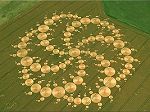 Its crop circle season in England now; well, from May right through to September. Many of the beautiful photographs of crop circles, such as the one here at Milk Hill, are taken by Steve Alexander. At his site, temporarytemples, you can see images of the latest circles as they appear, as well browse back through the library of images from previous years.
Its crop circle season in England now; well, from May right through to September. Many of the beautiful photographs of crop circles, such as the one here at Milk Hill, are taken by Steve Alexander. At his site, temporarytemples, you can see images of the latest circles as they appear, as well browse back through the library of images from previous years.
There is an ongoing debate about whether the circles are man-made or paranormal. Steve writes about his feeling that some UFOs are living organisms, (native to our atmosphere but in a different reality that we might not usually be able to see), rather than pure nuts-and-bolts craft. His belief that there ‘is connection between the crop circles, the people who are drawn to the
crop circles, and the bio-forms that inhabit the crop circle locations’ is far more attractive than the ‘planks and ropes v. aliens’ argument you usually hear.
The circlemakers have an interesting site too. They track crop circle patterns as well as making some on contract. Here, for example, is a Hello Kitty pattern.
(Image reproduced with permission. Thanks, Steve)
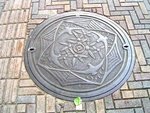
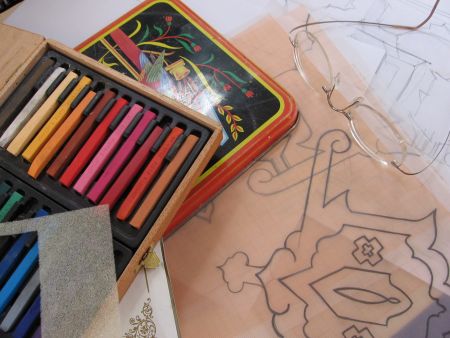
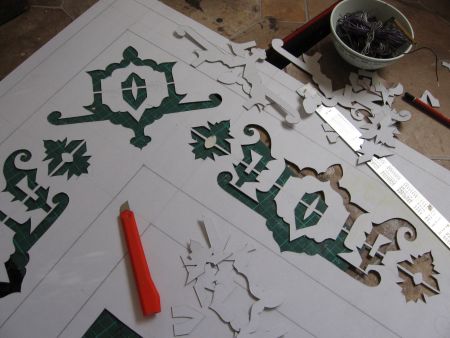
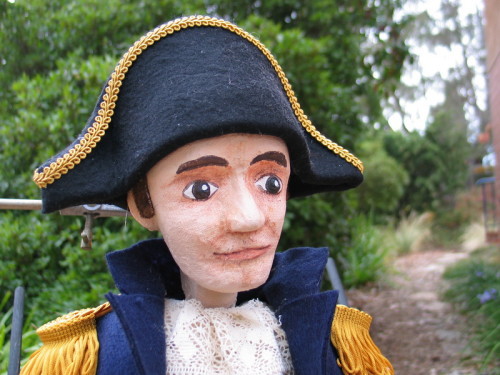
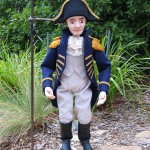
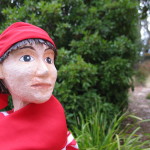
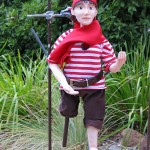
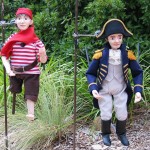
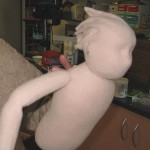
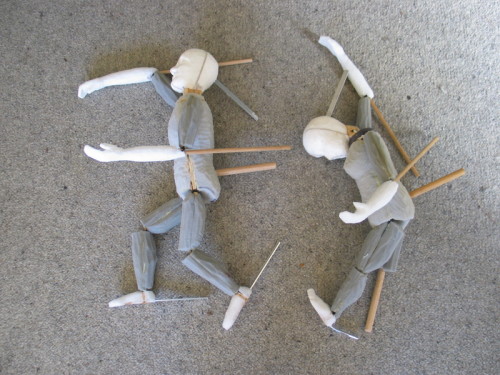
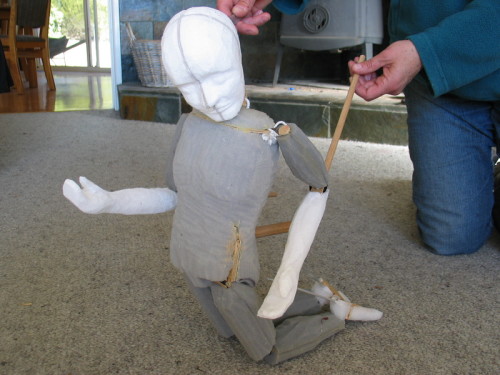
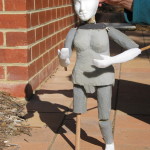
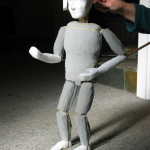
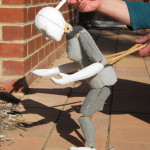




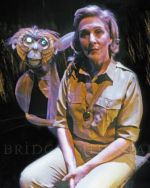 By all accounts the two-part 6 hour stage adaptation of Philip Pullman’s trilogy
By all accounts the two-part 6 hour stage adaptation of Philip Pullman’s trilogy 

